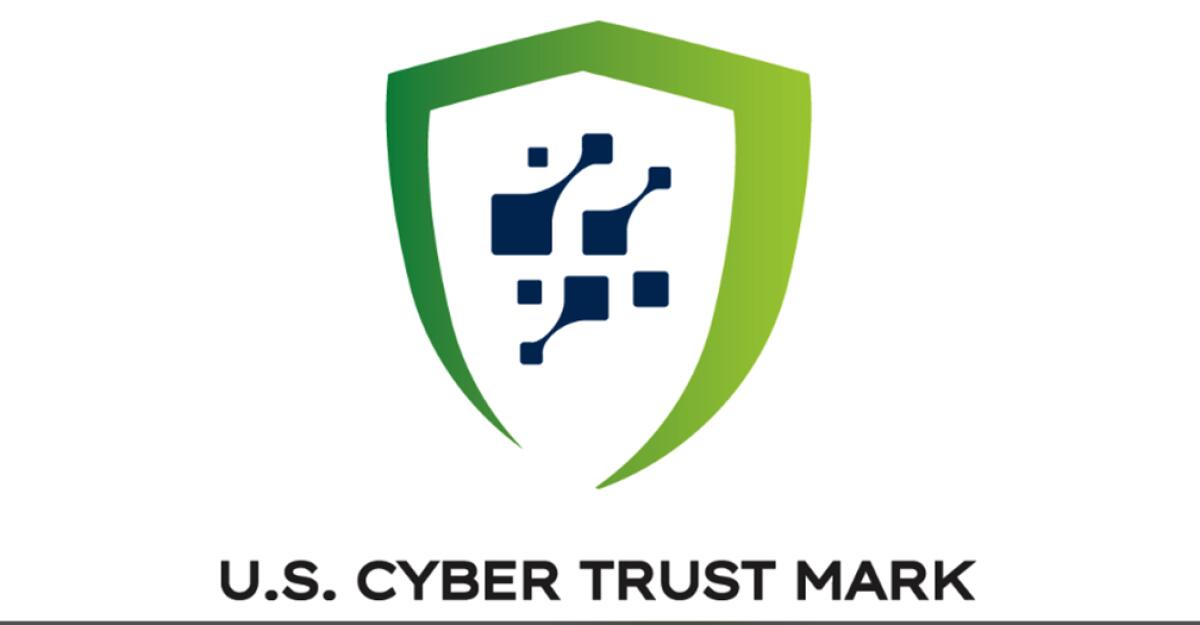Everyday household items, including a remote thermostat and baby monitor, may leave you vulnerable to hackers. But a new federal program hopes to identify and classify Internet-connected products that take extra measures to protect your information online.
Any device that can be accessed remotely and transmits information over the Internet is vulnerable to hacking, said Tracy Mitrano, a visiting professor of information science at Cornell University.
If a hacker gains access to your device data, they may be able to access your product account, which is typically linked to a bank account or other personal information, Mitrano said.
On most newly purchased products, privacy settings are either default or completely disabled. It is up to you to take steps to protect the information that is routed through the device.
Mitrano said she recently bought a printer and put a password on it to protect it from “hackers.” [that could] It could be foreign governments, organized crime, or it could be the stereotype of the kid in the basement.
Once a hacker finds a vulnerability, he attacks it and uses the stolen information, Mitrano said, adding that such attacks can happen in just a “nanosecond.”
The average household with Internet has more than 17 connected devices, a number that has jumped in the past three years as more people shift to working from home, according to research published by Parks Associates, a market research firm focused on Internet-connected devices. .
But concerns about privacy make many consumers reluctant to buy some products and services that connect to the Internet, said Elizabeth Parks, the company's president.
Parks Associates finds that 30% of connected American households do not own or intend to purchase smart home devices, and cites cybersecurity threats as a deciding factor.
In an effort to support consumers in their quest for secure connectivity through their devices, the Federal Communications Commission recently voted to create a voluntary cybersecurity rating program for wireless consumer products.
The committee has not yet published its final plans for the program, but it aims to label smart products that meet robust cybersecurity standards with a new “US Cyber Trust Mark.”

A version of this logo along with the product information QR code will soon appear on smart devices near you – if they meet the FCC's cybersecurity standards.
(Federal Communications Commission)
The bright green label will include a QR code that links to the product's history that will provide user-friendly information about the device's cybersecurity safeguards.
Parks said the logo aims to create trust between the consumer and the companies that make their appliances, similar to the Energy Star program.
Consumers who purchase a refrigerator or clothes dryer bearing the Energy Star logo know that the product is energy efficient; The logo indicates that the device has undergone a certification process supervised by the US Environmental Protection Agency. It's the level of trust the FCC hopes to gain with its American Cyber Trust Mark.
As society becomes more connected and more products create that connection, consumers can make informed purchasing decisions, differentiate trustworthy products in the market and create incentives for manufacturers to meet higher cybersecurity standards to obtain the new label, said FCC Chairwoman Jessica Rosenworcel. . .
“We expect that over time, more companies will use the Cyber Trust Mark, and more consumers will demand it,” Rosenworcel said in a statement.
She said the label has “the potential to become the global standard for secure IoT devices.”
